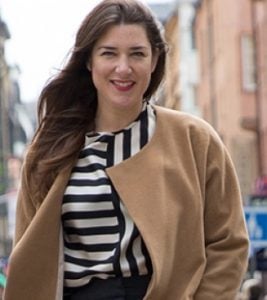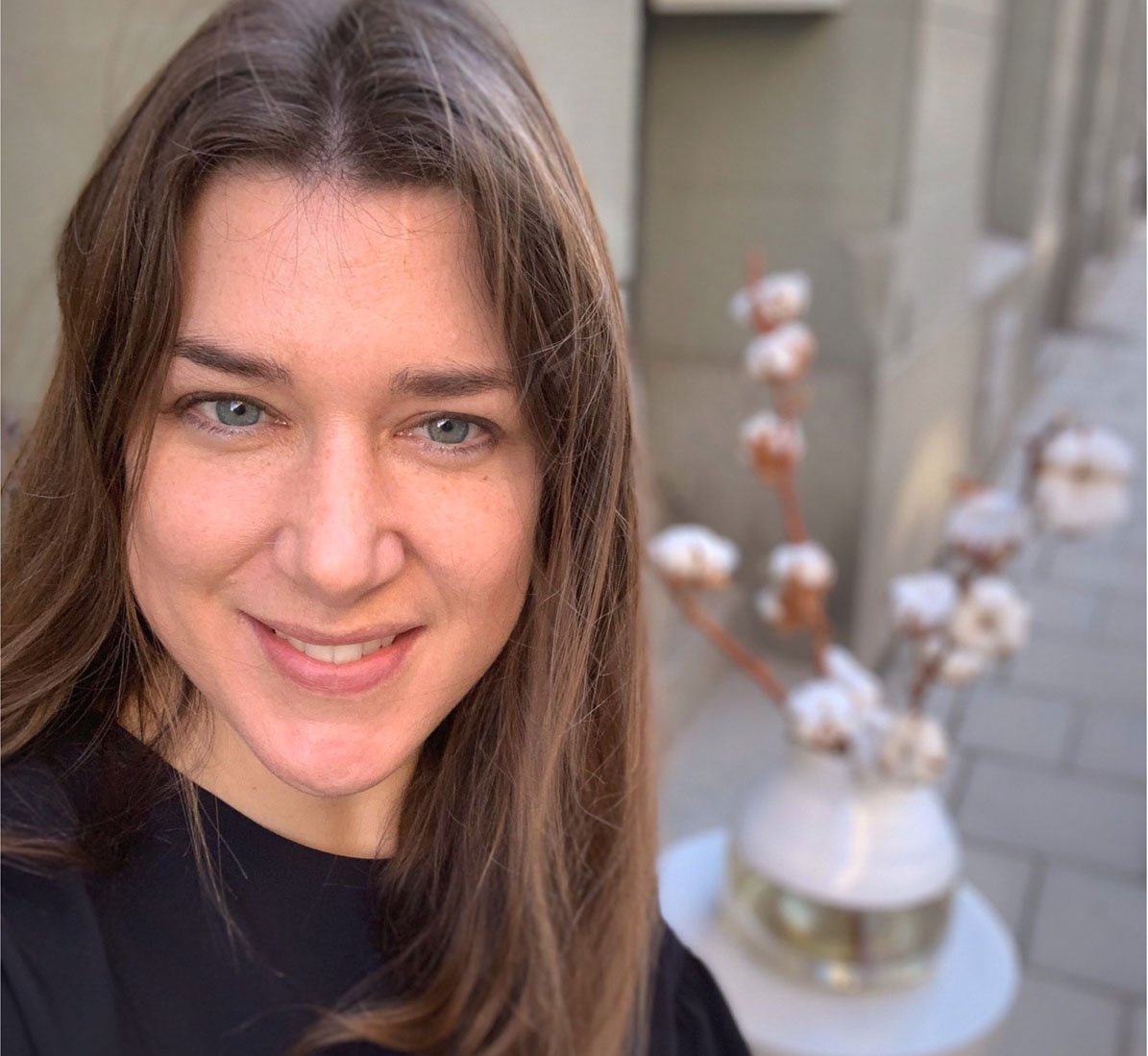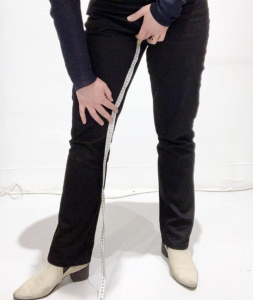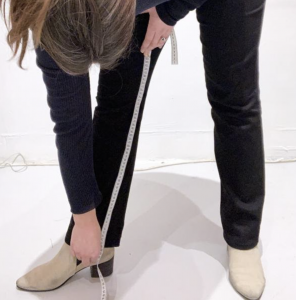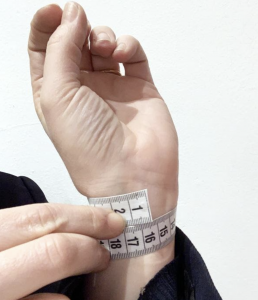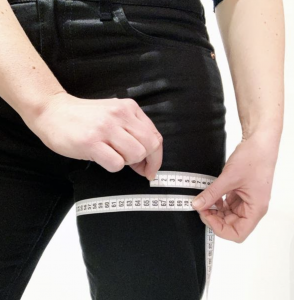Introduction sustainability
In May it’s time for The Copenhagen Fashion Summit, the world leading summit for sustainability and fashion. Sustainability is quite a complex matter involving a lot of topics such as transparency, circularity, responsibility and innovation. And it touches upon many aspects of making and consuming clothes.
As a change agent for this event I’ve had the chance to talk to Wendy Heijne about her journey with sustainable fashion. It seems like she found a way to tackle it with the easiness, patience and devotion it requires. Read the highlights of our conversation below.
What are your current challenges with Heijne?
Even though I’ve been working for two years, I am still very much at the beginning of brand developing. I envision Heijne as international brand and a global company. Today, some things are in check, we have good products, an online shop and everything works fine. That’s there as a base, however, it’s an ongoing improvement process. The real challenge is to get the word out, so that more people get to know the brand. We collaborate with artists, influencers and other brands for promoting the brand.
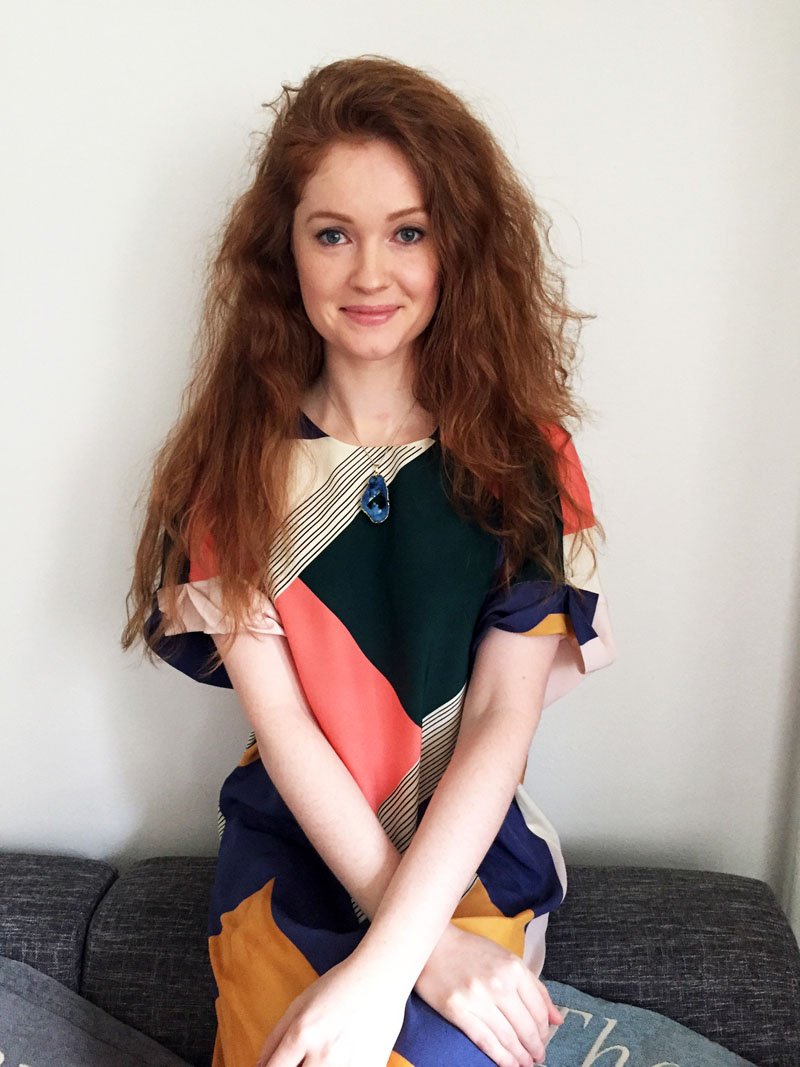
How do you look at sustainability?
Sustainability is at the core of the business idea. We do custom made fashion, and we make it on demand, instead of (over)producing in advance. As the company grows, it’s exciting to see how we are going to keep it sustainable while scaling it. Ideally I would like to collaborate with Amazon. They are also interested in custom made production process and body scanning technologies.
What’s your take on custom made fashion?
So many women experience problems with fitting the clothes, whether it’s on the hips, the shoulders or around the chest. Especially with trousers, it’s so challenging. That made me think, why is everything so standardized? I think mass production in standard sizes is so old fashionable. As soon as you’re shorter or taller than a certain height, there is no good size for you. That’s why our customers choose the garments they want, and we tailor them according to the client’s proportions. For us fitting is very important as well as the customer’s personal taste.
“Why is everything so standardized?
Mass production in standard sizes is so old fashionable.”
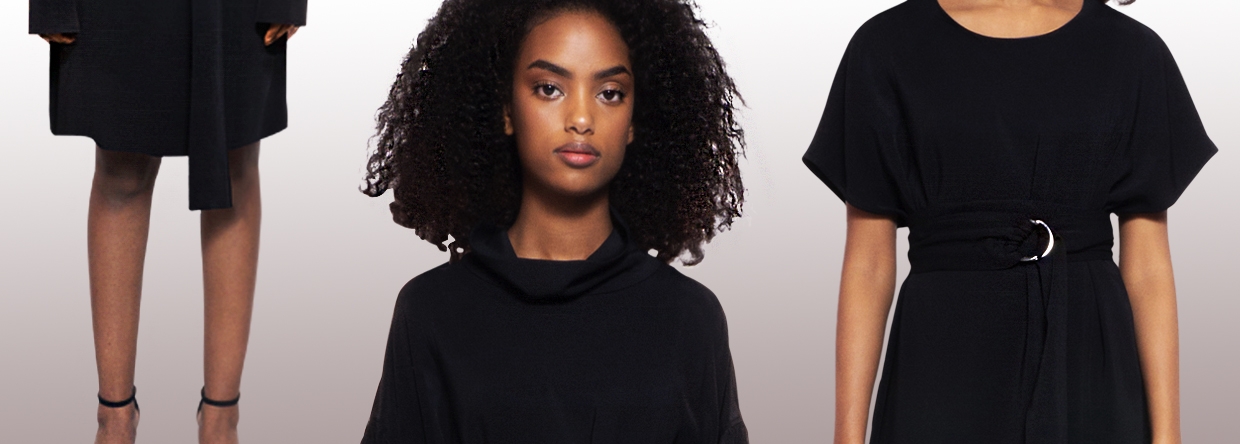
We know the feeling when you find a dress that fits great, but you wish it was a little longer. That’s why at Heijne with the customizing service we offer, you have the opportunity to personalize the garments. All the garments can be made to measure and personalized into the details, for ex. short sleeve or long sleeve, v-neck or a round neck. Stay tuned, because next products on the development list are trousers.
How is your value chain organised?
All of our garments are made in our atelier in Lithuania, except for the scarves, which are produced in China. We order the scarves in small batches when we need to restock and we make the garments after the customer places an order. Online and in the store, the customers chooses between different sizes or they change the measurements to have the garment made in their own size. We cut and sew the garments in the atelier, and then they’re sent to Stockholm. In the future we will change this to obtain direct delivery to the customer from the atelier.
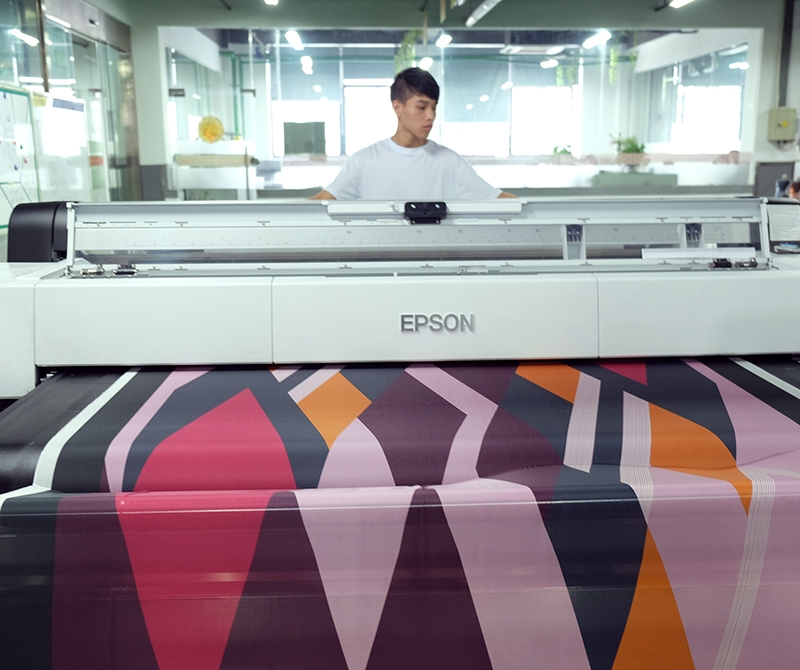
What kind of fabrics are you sourcing?
At the moment I am working a lot with the fabrics. Recently, I visited the Future Fabric Expo in London where I was looking for sustainable material solutions. We have some sustainable qualities already, silk for example. The next step is to add more variations of sustainable fabrics to the collection. We source the fabrics from within Europe, Asia and the US, and we aim to get all of them to be GOTS (organic fabrics)certified. For the next productions I’m planning to work with Tencel (( a sustainably produced viscose) and leftover denim.
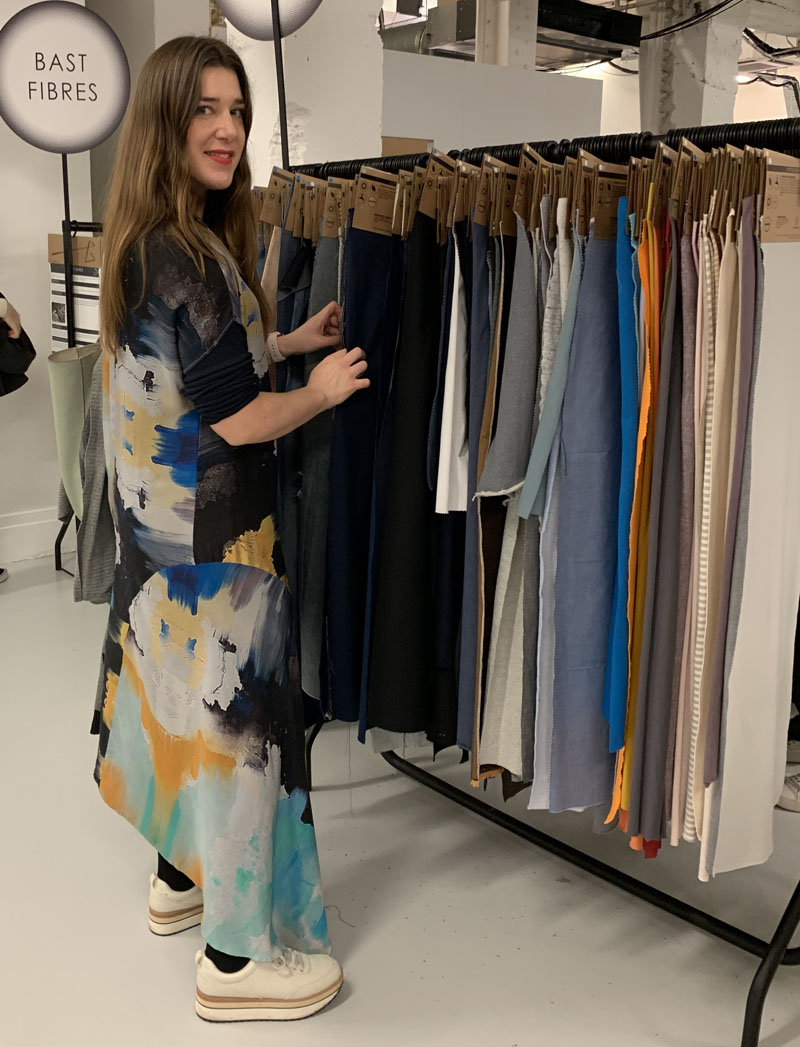
How are your designing for circularity?
Our production is in demand, but that’s not necessarily circular. It’s more about not producing waste, which is a good starting point. Anyhow, we think of circularity in different ways. For most of the garments we use silk, which is naturally biodegradable. The fabrics are printed digitally, which is an environmentally friendly technique. What’s critical is the polyester threads and the plastic trims, because they are not biodegradable.There we can definitely improve. Another thing we’ve been considering is renting our garments. Since it’s challenging enough with one business model, I want to collaborate with others until we create platform on our own for it. Right now we offer repair services and in the future the customer should be able to swap garments as well.
How digital is the future of Heijne?
Currently the online shop is user friendly and runs very smoothly. In the future I see a 3D avatar connected to the online platform. That way, the customers can visualize the garments on a same body shape as theirs. Besides that, they should be able to alter the garments by simply dragging the finger on the screen for ex. to make the skirt longer. The aim is to be totally size free, so that the customer doesn’t have to think about sizes. The dream is to have the customized product automatically connected to the production. That means that a customer places the order, the pattern will be digitally created and the garment is laser cut.

Heijne’s response to standard sizes and mass production with on demand made to measure saves the environment from waste, while it gives the consumer the exclusivity to have their garments tailored and personalized to their needs. This approach is an example of how to start building a global and sustainable fashion brand.
Interview by Victor Stojkoski
Link to the event – Copenhagen Fashion Summit.




